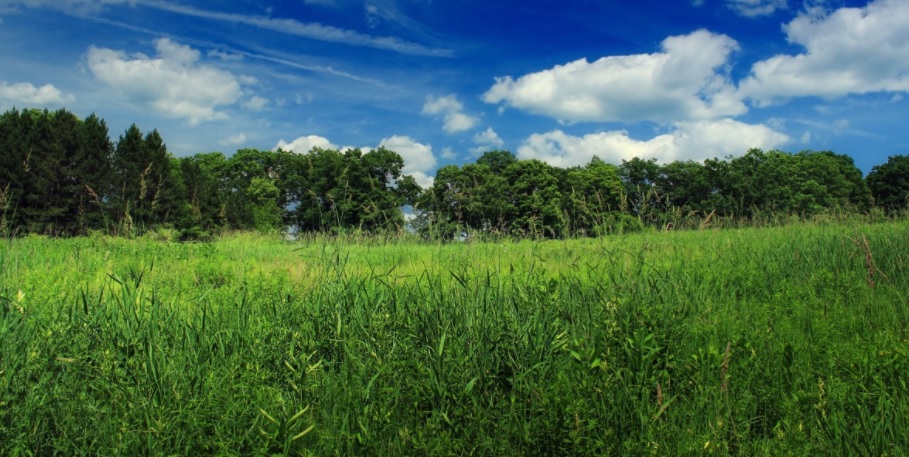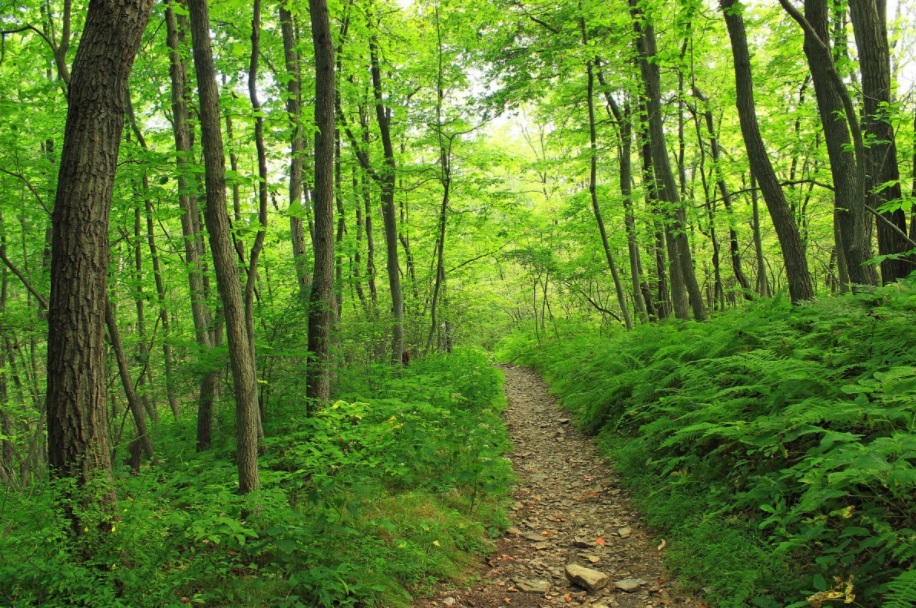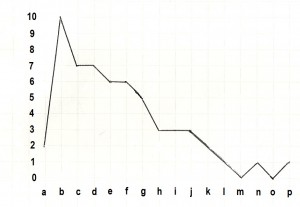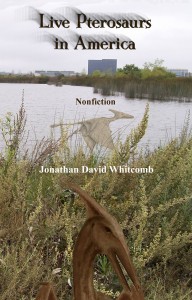By living pterosaur expert Jonathan Whitcomb
This is a continuation of the examination of the sighting near Philadelphia, by Tom Dura:
Apparent Pterosaur in Pennsylvania
For the first emails about the sighting, see the above blog post. What follows are more recent emails about whether or not the flying creature was an actual ropen.
I acknowledge possibilities of misidentification in sighting reports that eyewitnesses send me. Not every account of an apparent pterosaur or a ropen needs to have been what it seems. The point that skeptics appear to miss, however is this: The overall worldwide phenomenon of such sighting reports fits perfectly well with the concept that not all species of pterosaurs are extinct; it does not fit well at all with the skeptical idea that all of them died long ago.
Some of the reports have a high overall credibility, meaning that they were very likely from actual encounters with extant pterosaurs. A significant number of sightings I consider to have been over 80% likely to have been reports that came from real observations of modern pterosaurs. The sighting by Tom Dura does not appear to be that certain, as you’ll see from the following email correspondence we had after the initial communications. I give him very high honesty-credibility rating, even though we both have some doubts about the type of flying creature he observed. It could have been a bird.
Nevertheless, I give it more than a 50% possibility that what was seen flying near Philadelphia in September of 2017 was indeed a living pterosaur. Judge for yourself.
Email correspondence in September of 2017:
[From Tom Dura] Hello, again, Sir.
My brother suggested that I may have seen a flying egret or heron. They have long legs which they extend behind them when they fly and I may have mistaken the legs for a long tail with the feet suggesting the vane.
I did research on this. I watched videos of flying herons and egrets and looked at numerous pictures. I have to say that it is possible that I saw one of these. A few things still leave me not totally convinced.
These birds in this area mostly are white with black legs. What I saw, when the sun allowed me to see color, was more of a golden color, including the tail. Any color variations in the birds only seem to be found in the southeastern states of America or South America. Also, I still remember the tail being longer than the legs in the images I studied and it seemed to be more flexible and curvy than the rather stiff legs of the egret or heron. I can admit, though, that I may have seen one of these birds that just happened to have especially long legs and, perhaps, curvy ones as well.
Finally, I still haven’t seen any of the birds imitate the extremely gliding and graceful motion of the creature I saw. The birds may glide momentarily but mostly flap their wings, whereas the “pterosaur” only moved its wings occasionally and very little.
At this point I can only say that I will remain vigilant and I will be better informed in regards to whatever I happen to see next, if anything. I will keep you posted.
Sincerely, Tom Dura
I replied:
Thank you, Tom.
The great majority of sightings reports that I have received, over many years, are of flying creatures with long tails. On occasion, an eyewitness will come to doubt the identity of what he or she saw. I understand the difficulty.
One of the characteristics sometimes described is the graceful flight of a modern pterosaur. It differs from the flights of birds and bats. I see no major problem with your conclusion that you had seen a pterosaur with a long tail. You said, “I still haven’t seen any of the birds imitate the extremely gliding and graceful motion of the creature I saw.” I believe your first conclusion was correct. Your brother, although he may seem to have a good point, did not see what you did, apparently, so he has no way to make that kind of comparison.
I have one suggestion: If you see it again, concentrate on the head. Modern long-tailed pterosaurs (which appear to be Rhamphorhynchoids) often are seen to [have] a head crest. Look carefully at the head next time. [Jonathan Whitcomb]
.
A meadow in Pennsylvania
###
.
How could it be? Learn for yourself about these amazing encounters in the United States. Read the third edition of the nonfiction book Live Pterosaurs in America . . .
.
Similarities of belief are emphasized in Searching for Ropens and Finding God, with mutual faith in the supreme mission of Jesus Christ and with mutual conviction in the historic truthfulness of the Flood of Genesis . . .
.
A living pterosaur in Ohio, not millions of years ago but in the twentieth century—that should be in the news. But a number of eyewitnesses have reported apparent live pterosaurs in Ohio, regardless of the apparent lack of newspaper headlines.
.
Live pterodactyl in Pennsylvania
This “bird” also seemed to have a long tail . . . As it was almost directly over us we all agreed we couldn’t see feathers anywhere and my student Carrie said “It looks like pterodactyl . . . doesn’t it?”
.
The correct word for it is pterosaur rather than pterodactyl. Many eyewitnesses have seen it in North America, including many states in the USA, and these flying creatures appear to care nothing about Western teachings about extinction, flying wherever they please.
.






